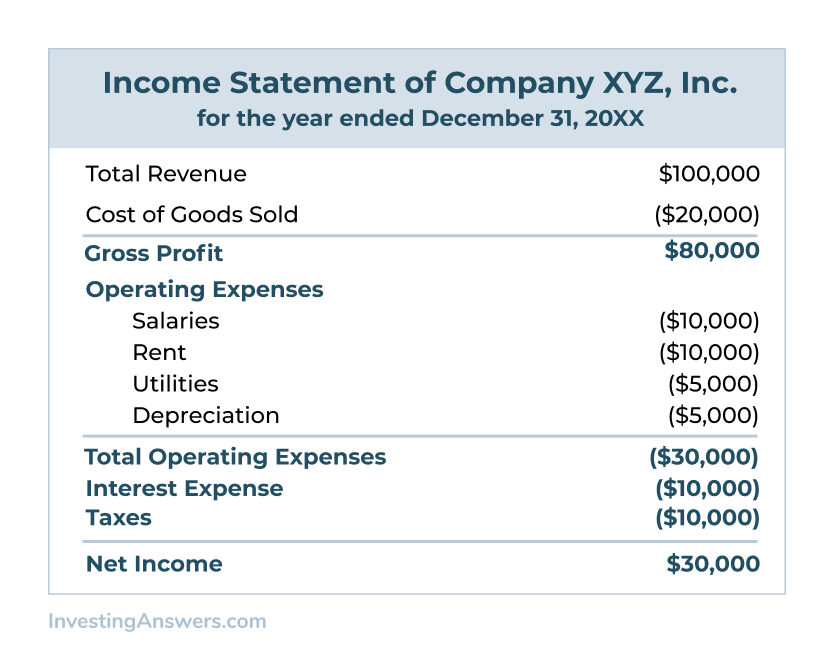What is Net Margin?
Net margin, also called net profit margin, measures how much profit (or net income) is earned as a percentage of overall revenue. Net margin is a ratio that is typically expressed as a percentage, though it may also be listed in decimal form.
Net margin shows investors how much of the company revenue is retained as profit. The higher the net margin, the more efficiently the company is operating. This is one of the more closely-watched figures by investors, as the more profit a company generates per dollar of revenue, the more shareholders may be rewarded with share growth and dividends.
Net Margin Formula
The formula for net margin is expressed as net profit divided by overall company revenue.

The net profit takes into account the total revenue of a company, minus all operating expenses, including cost of goods sold (COGS), interest, and taxes. To find the net margin, the net profit (also called net income) is divided by the total revenue, showing the percentage of revenue that flows to the bottom line of a company's financial statement.
Example of Net Margin
Let's look at a hypothetical income statement for Company XYZ:

Using the net margin formula, we divide the $30,000 net profit by the $100,000 total revenue to obtain our net margin percentage:

Company XYZ operates at a 30% net margin, meaning that $0.30 of every dollar earned in revenue ends up as net profit.
Gross Margin vs Net Margin
While net margin shows investors the bottom-line percentage of revenue that is translated into net profit, gross margin calculates the margin after only subtracting COGS. Gross margin is calculated by dividing the total revenue by the gross profit of a company. Gross profit is the total revenue minus COGS, but before subtracting operating expenses, taxes, and interest.
Since gross margin ignores a large chunk of company expenses, it is a far less accurate way to evaluate the operating efficiency and profitability of a company.
What Net Margin Tells You About a Company
The net margin is one of the most important metrics to evaluate when reviewing a company to invest in. The net margin takes into account all of the expenses a company pays and shows how profitable a company is.
While a high net margin can make a company more attractive, there are low-margin companies that are still a good investment. Comparing the net margin of a company with other companies in the same industry (known as margin analysis) is a great way to see how well a company is performing within its market segment.
Limitations of Net Margin
Net profit margin does not compensate for one-off transactions, such as the purchase or selling of equipment, which may boost or reduce the margin in a given year. It also does not show revenue and sales growth over time, which can greatly influence the profitability of a company, even with a good net margin.
Net profit margin can also be somewhat skewed by differences in how companies use leverage, which impacts the amount of interest expense.
It's best to utilize several metrics when evaluating a company, such as net margin, gross margin, net profit, revenue growth, and operating profit margin.
Summary
Net margin is an important number to know about any company you plan to invest in. And comparing a company's margin to its competitors can show you how well it is operating within a specific market segment. Net margin shows investors the percentage of revenue that is kept as profit, which can lead to growth and dividends for shareholders.
While net margin is important, it cannot be evaluated in a vacuum. Other important financial metrics about a company should also be considered before investing your money with them. Reviewing a complete financial statement is a great start for beginner investors, but consider hiring a professional before making any investment decisions.




